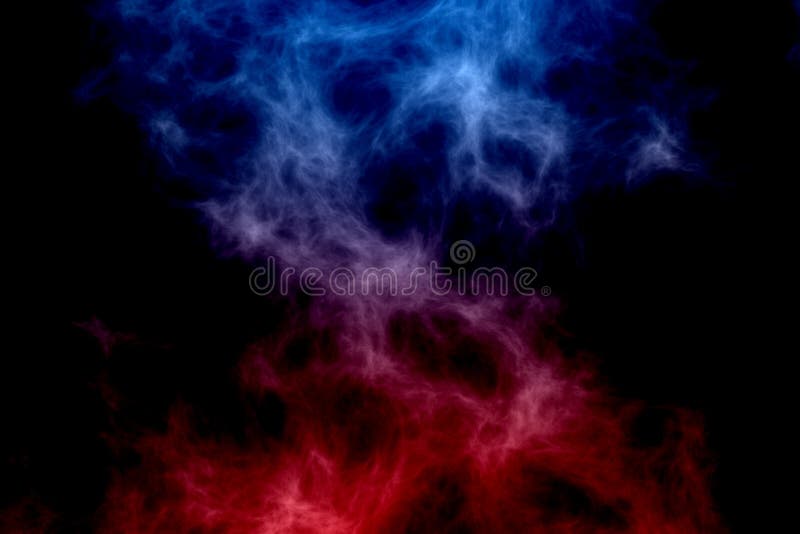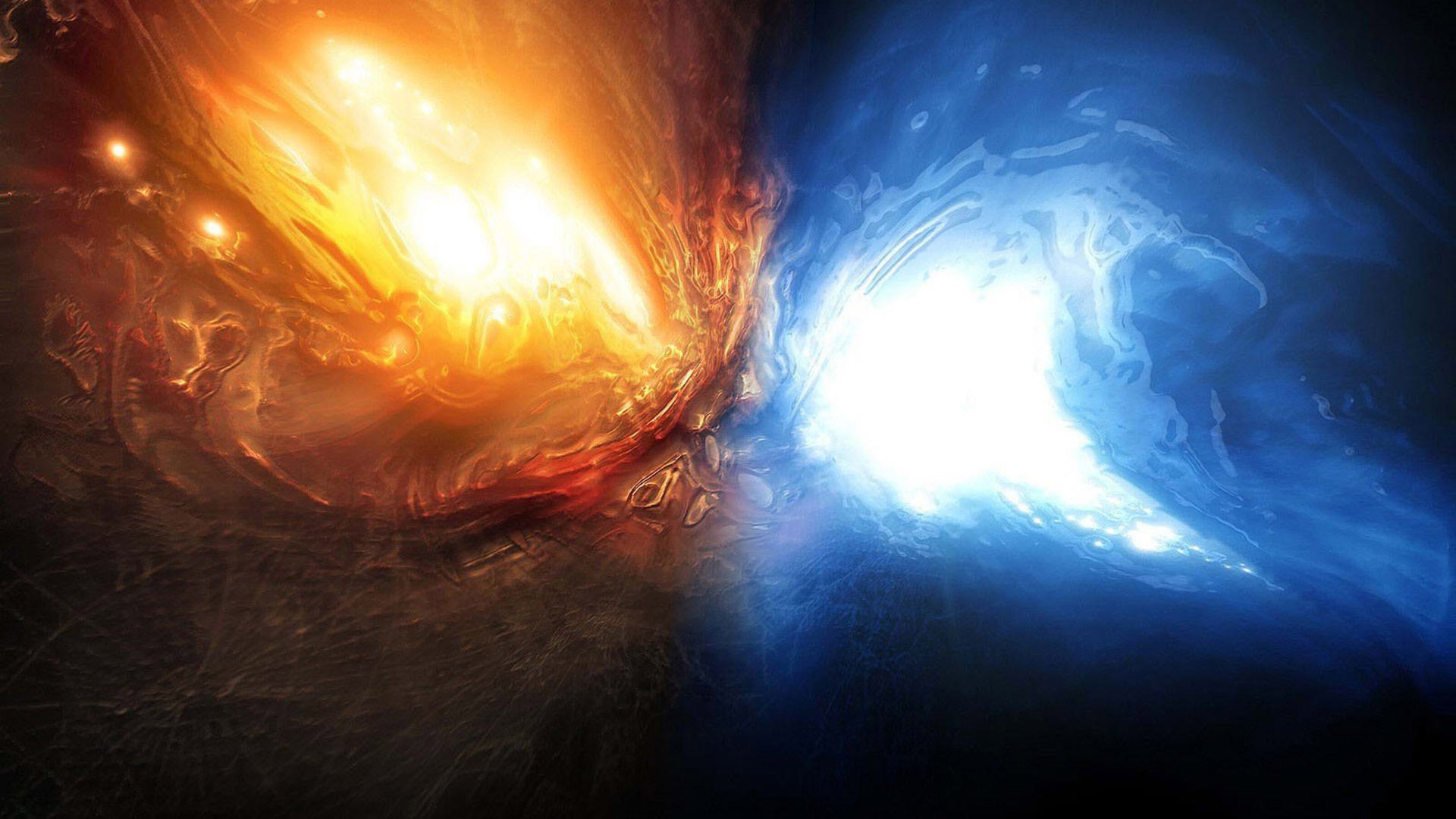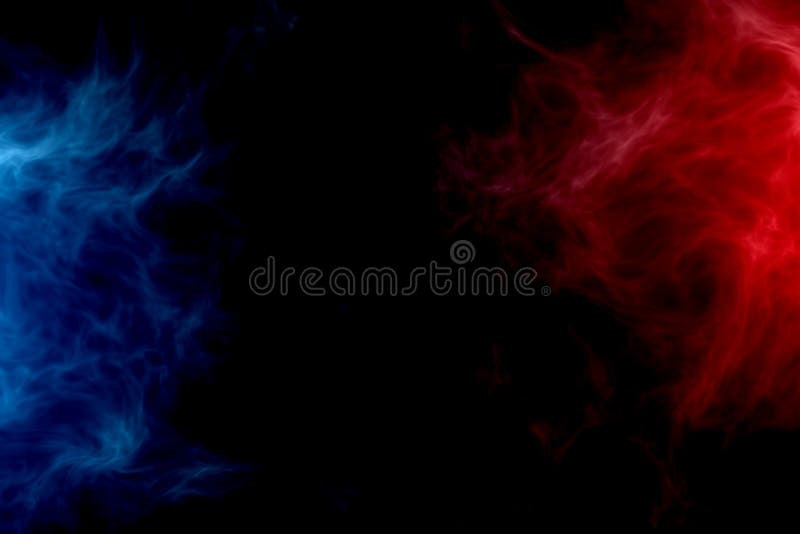

The energy generated is much lower too low to make the flame blue. However, the same can’t be said about incomplete combustion. Such high energy levels ionize the gas molecules and turn the flame blue. The complete combustion of cooking gases results in flames that burn at almost 2000☌. This significantly reduces the amount of heat generated from the flame, making it red. So, is it the carbon monoxide that turns the flame red?Īs I explained, the combustion process is incomplete without adequate oxygen. However, the chemical reaction changes in the absence of adequate oxygen, resulting in the formation of carbon monoxide molecules. When LPG or PNG gasses are mixed with enough oxygen and burn efficiently, there’s barely any carbon monoxide emission. Complete combustion requires a certain air-to-fuel ratio, as the lack of oxygen would hinder the combustion process. Just because the fuel is burning, it doesn’t necessarily mean that complete combustion is taking place. This mixture then reaches the burner and takes part in the combustion process. To remedy this, a gas stove has mixing tubes that draw in air from the surroundings and mix it with the fuel. While the gas stove receives fuel supply through the gas pipe, the fuel cannot burn without oxygen. This oxidizing agent is usually the oxygen from the air around us. Remember the science experiments at school where a fire could be put out by placing an inverted glass over it? For a fire to burn, there has to be an oxidizing agent. This changes when there’s an imbalance in the air-to-fuel ratio. It may still release carbon monoxide, but the amount would be negligible and within the safe limit. When a gas stove is in perfect condition, the flames are blue all the way to the tips. Let us first get an understanding of how the gas stove is normally supposed to work. Now, you might wonder what results in a gas stove’s red flame. If you notice a red flame on your gas stove, don’t wait for any other signs to confirm if it’s really releasing high amounts of carbon monoxide. The gas is colorless and odorless, which makes it hard to detect. In this regard, the red flame is the only indicator of high carbon monoxide emissions besides the use of additional instruments like CO detectors.

Carbon monoxide is a very poisonous gas, and a high concentration of it can even prove to be fatal. This is why I mentioned it’s dangerous to keep cooking on a gas stove with red flames.

Even more importantly, it’s an indicator of high carbon monoxide (CO) emissions from the gas stove. What Does Red Flame On Gas Stoves Indicate?Ī red flame on a gas stove indicates a severely imbalanced air-fuel mixture with a dangerously low proportion of air.

Today I’ll be sharing my knowledge on this subject to give you a detailed understanding of why the flame on your gas stove may have turned red.
BLUE FIRE VS RED FIRE PROFESSIONAL
Working in various restaurants as a professional chef, I learned to watch out for warning signs as a part of safety training. Continued usage of the gas stove despite having a red flame can be dangerous. Especially if the flame turns red, you should stop using the gas stove immediately and get it fixed. Hence, seeing the flame color on your gas stove turn red can be quite alarming.Ī change in the flame color to red is indeed a bad sign and indicates a problem with your gas stove. If you have used a gas stove before or seen one in use, you must be aware that the flame color is usually blue.


 0 kommentar(er)
0 kommentar(er)
